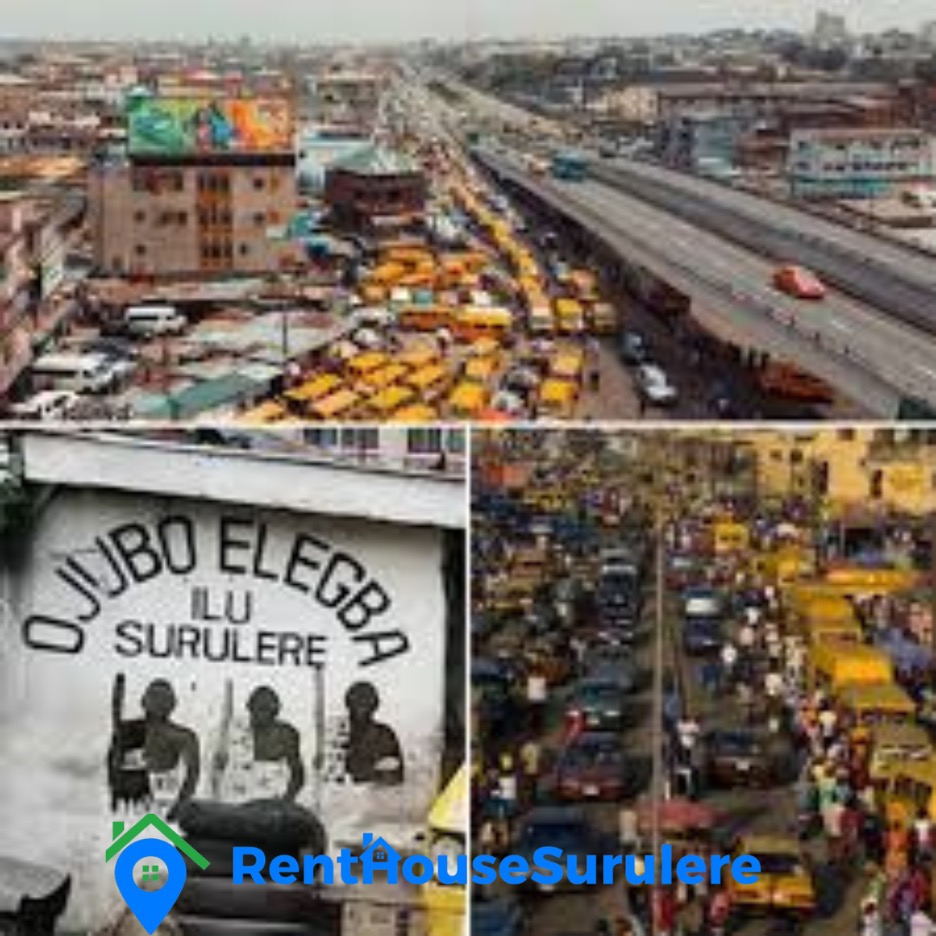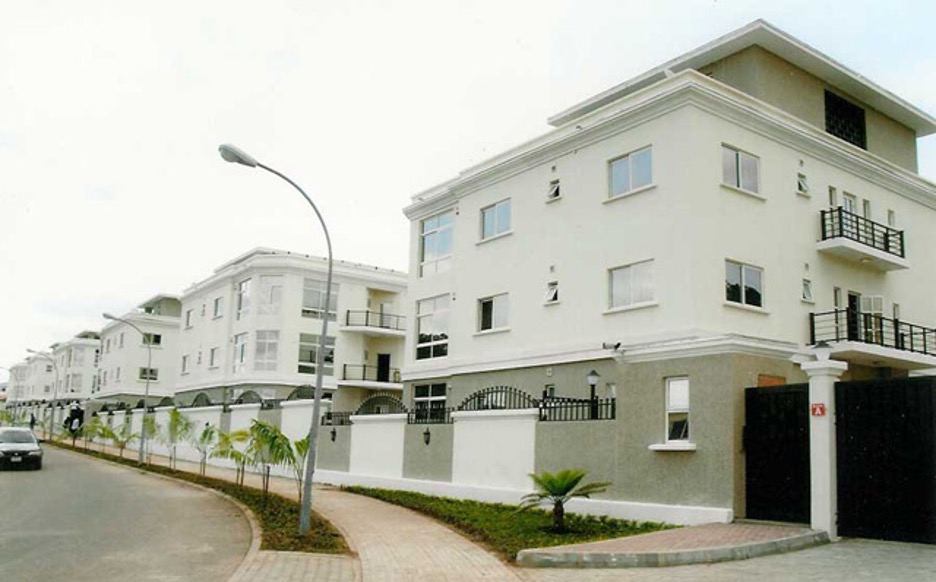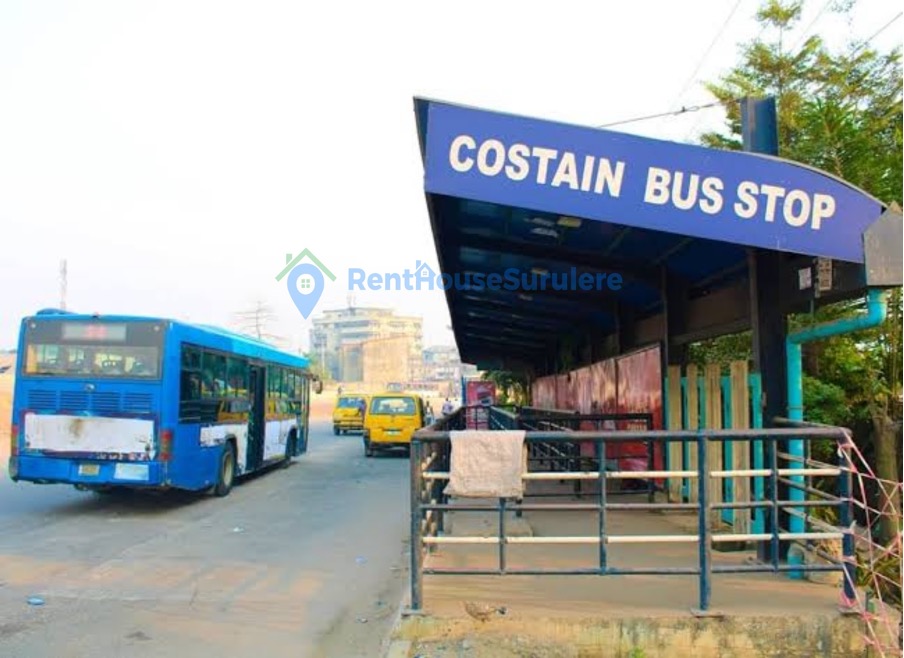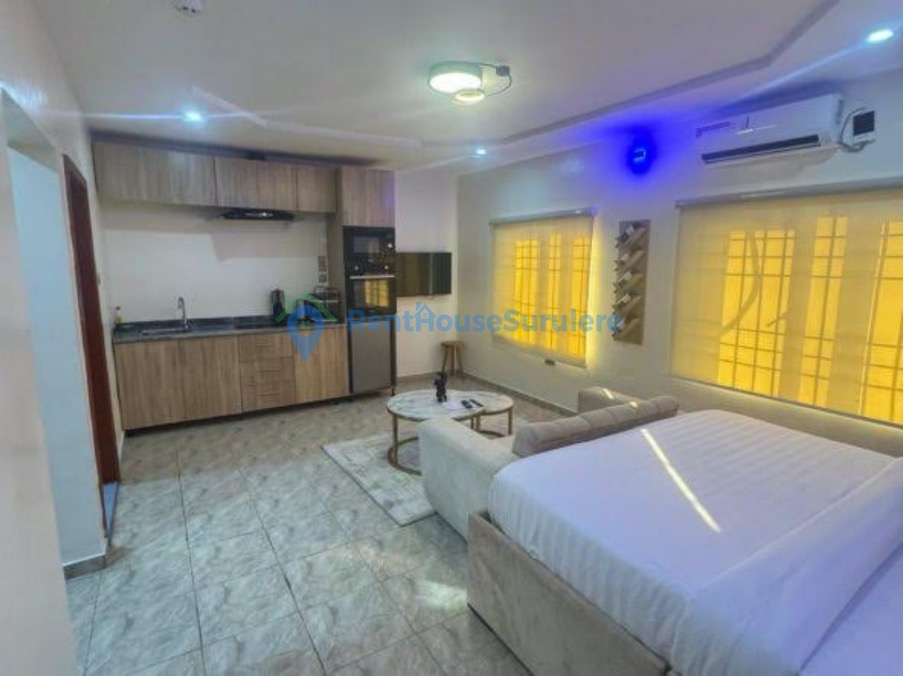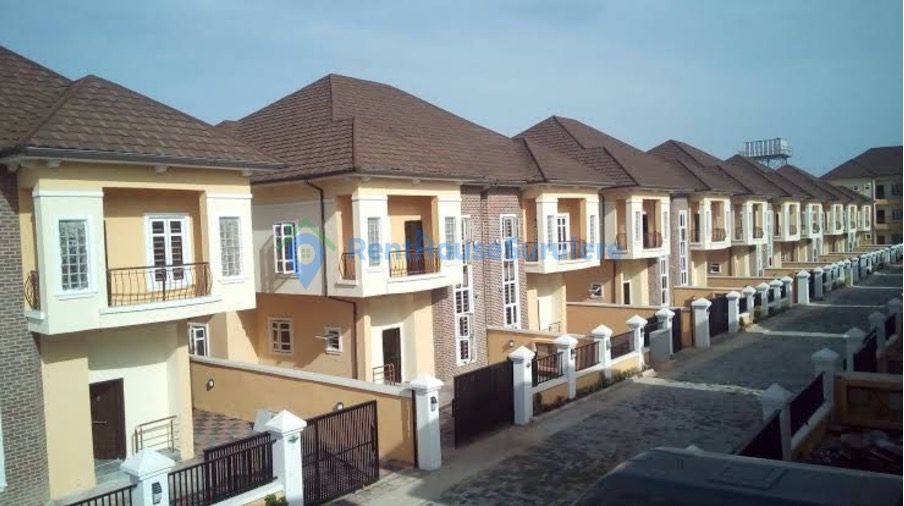At RentHouseSurulere, in order to ensure your complete satisfaction, we not only act as a guide for buying your ideal home, but we also give you sufficient information about Surulere, the neighborhood where it is located.
Table of Contents
ToggleA List Of Areas Surulere Has Experienced Evolution Over The Years
Over time, Surulere has evolved in many areas which will be put in sections so as to get the full knowledge of whatever area you have more interest in, these areas are as follows:
- Evolution in Commerce
- Evolution in Infrastructure
- Evolution in Transportation Networks
- Evolution in Housing and Urban Planning
- Evolution in the Education system
- Evolution in Media
Before we get into it, allow us to tell you about the early beginnings of Surulere. It’s important that you know this since this article is about how Surulere developed from a small and unnoticed district to a big and developing one.
Surulere’s Early Beginnings
Surulere’s location is about 12 kilometers northwest of the Lagos mainland. From the record of history, it occupied a region that was set apart for Lagos’ canals and abundant flora.
The region’s proximity to major trade routes and its rich resources made it an attractive settlement for different communities.
The name “Surulere” itself is derived from the Yoruba language, which translates to “patience is rewarding.” This phrase shows the values of hard work and perseverance that are ingrained in local culture.
The geographical setting of Surulere, located amidst other important localities such as Lagos Island and Ikeja, facilitated early interactions with other communities and laid the groundwork for future growth.
Before, the area that is now known as Surulere was a rural one, with farms and irregular communities. The Yoruba people’s rich cultural legacy over time, influenced the region while it was a part of the Yoruba empire.
Surulere remained underdeveloped for a while, it wasn’t until the middle of the 20th century that Lagos started to expand its region. Surulere was touched in a great way by the British colonialists who arrived in Nigeria in the 19th century.
The migration of people and resources to Lagos, Nigeria’s former capital, resulted in urbanization. Over time, Surulere’s landscape gave way to a more organized society, and the building of roads, schools, and other infrastructure paved the way for its eventual growth.
Following Nigeria’s independence in 1960, Surulere saw an increase in population and development. The need for housing, education, and services became pressing, prompting both government and private sectors to invest in the area.
The establishment of institutions such as schools and hospitals made Surulere a desirable location for families seeking a better quality of life. Surulere’s strategic location enabled it to benefit from this urbanization process.
The influx of migrants from different parts of Nigeria, driven by the promise of economic opportunities, began to reshape the demographic makeup of the community.
This period also saw the introduction of Western education, which gradually influenced local customs and social structures. Consequently, schools and churches were established, further fixing Surulere into the broader socio-political sphere of Lagos.
In order to understand Surulere well enough, one must acknowledge its historical foundations and the numerous elements that shaped its development.
As Surulere develops and keeps reaching out to achieve better goals in the future as a community, it keeps the lessons learned from its past with it, which is evidence of the tenacious character of its people.
The Sectors In Surulere That Has Been Revolutionised Over The Year
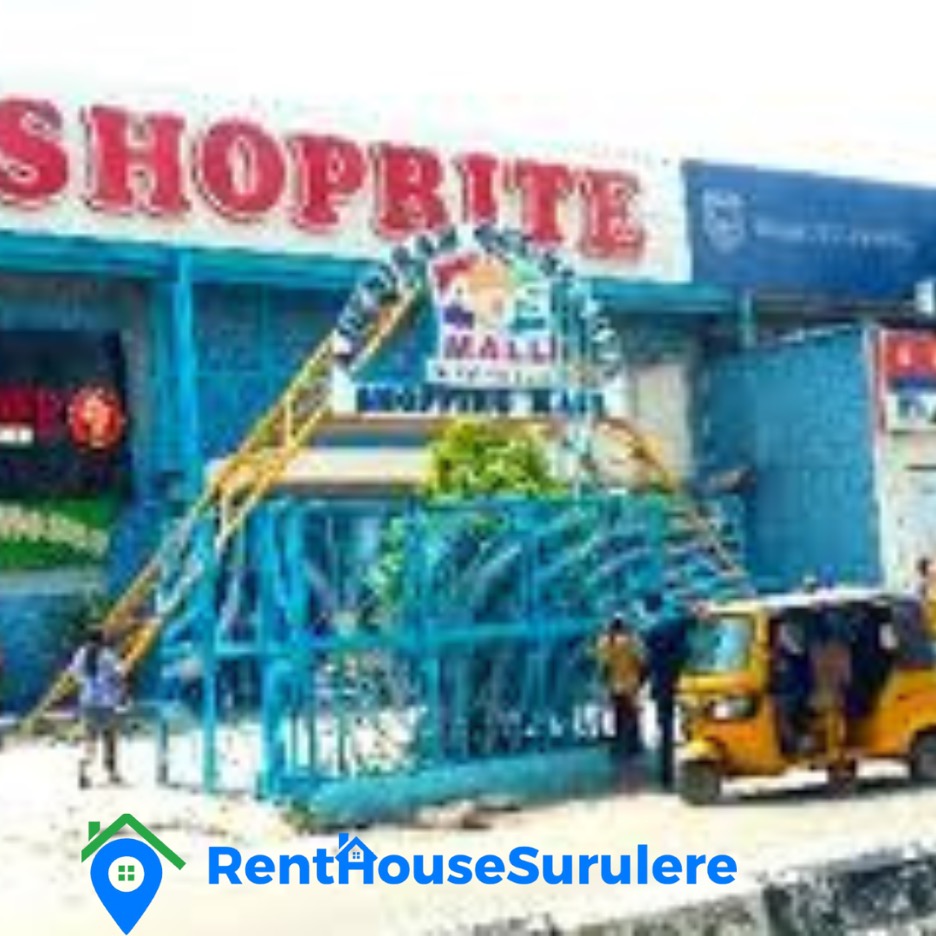
Evolution in Commerce
One of the most visible aspects of commercial development in Surulere is its market system. The establishment of major markets such as Aguda Market, Bode Thomas Market, and Ojuelegba Market provided local traders and entrepreneurs with a platform to sell various goods, from fresh produce to household items.
The evolution of retail commerce in Surulere was further enhanced by the rise of supermarkets and shopping complexes.
The introduction of structured retail outlets like Shoprite, Spar, and various independent shopping centers has reshaped the district’s commercial landscape.
These modern retail establishments offer convenience, quality assurance, and a diverse range of products, catering to the growing middle-class population in the area.
Surulere’s commerce expanded beyond traditional retail and markets to include a thriving service industry. The banking and financial sector saw rapid growth, with the presence of major banks such as First Bank, Zenith Bank, and GTBank setting up branches across the district.
This financial ecosystem has facilitated business transactions, loans, and investments, further stimulating economic activities in the area.
Entrepreneurship is a driving force in Surulere’s commerce. The district is home to many small and medium-sized enterprises (SMEs), ranging from fashion boutiques and beauty salons to tech startups and creative studios.
Entrepreneurs leverage Surulere’s strategic location and high population density to establish businesses that cater to various consumer needs.
The fashion and beauty industry has particularly thrived in Surulere, with many designers, tailors, and hairstylists operating successful businesses.
Shopping districts like Adeniran Ogunsanya Street and Bode Thomas Street are lined with fashion stores, beauty salons, and lifestyle boutiques, drawing shoppers from different parts of Lagos.
Another vital aspect of commerce in Surulere is real estate. The demand for both residential and commercial properties has surged, leading to significant property development.
The conversion of old residential buildings into commercial spaces has become a common trend, accommodating businesses such as corporate offices, restaurants, and retail stores.
Shopping malls, office complexes, and mixed-use developments have further enhanced the commercial appeal of Surulere. The Adeniran Ogunsanya Shopping Mall is a prime example of how modern retail infrastructure has contributed to the district’s economic growth.
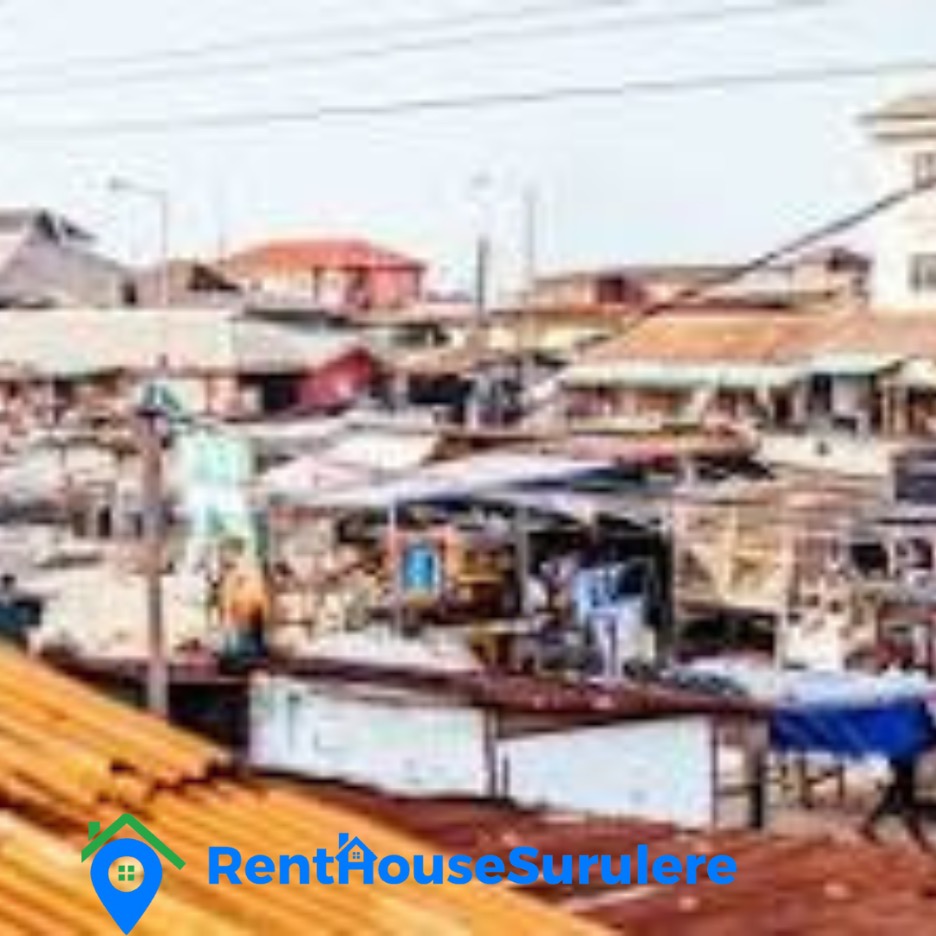
Evolution In Infrastructure Development
The rapid urbanization of Lagos in the 1970s and 1980s led to an increased need for efficient transportation infrastructure in Surulere.
Major roads such as Western Avenue (now Funsho Williams Avenue), Bode Thomas Street, and Adeniran Ogunsanya Street were expanded and modernized to accommodate rising traffic demands.
A significant milestone in Surulere’s transport development was the construction of the Ojuelegba interchange, a key transportation hub that connects different parts of Lagos.
The interchange, built to ease congestion, remains one of the busiest intersections in the city today.
In recent years, the Lagos State Government has invested heavily in road rehabilitation projects, including the resurfacing and expansion of key roads such as Itire Road, Ijesha Road, and parts of the Lagos-Badagry Expressway.
The introduction of the Bus Rapid Transit (BRT) system along Funsho Williams Avenue has also improved public transportation, providing residents with a more efficient alternative to traditional commercial buses.
One of the most persistent challenges in Surulere has been flooding, exacerbated by poor drainage systems and rapid urbanization. In response, several drainage improvement projects have been implemented over the years.
The Lagos State Government, in collaboration with federal agencies, has constructed and rehabilitated drainage channels across the district, including the expansion of the Idi-Araba and Masha drainage systems. These efforts have significantly reduced flood occurrences, particularly during the rainy season.
Access to stable electricity has been a historical challenge for many parts of Lagos, including Surulere. However, the district has benefited from several government initiatives aimed at improving power supply.
The establishment of additional power substations and the upgrading of existing distribution networks have helped to enhance electricity reliability in the area.
Privatization of the power sector in Nigeria has also played a role in improving electricity distribution. Surulere is now served by multiple substations, reducing the frequency of prolonged outages.
Also, residents and businesses have adopted alternative power sources such as solar energy and inverter systems.
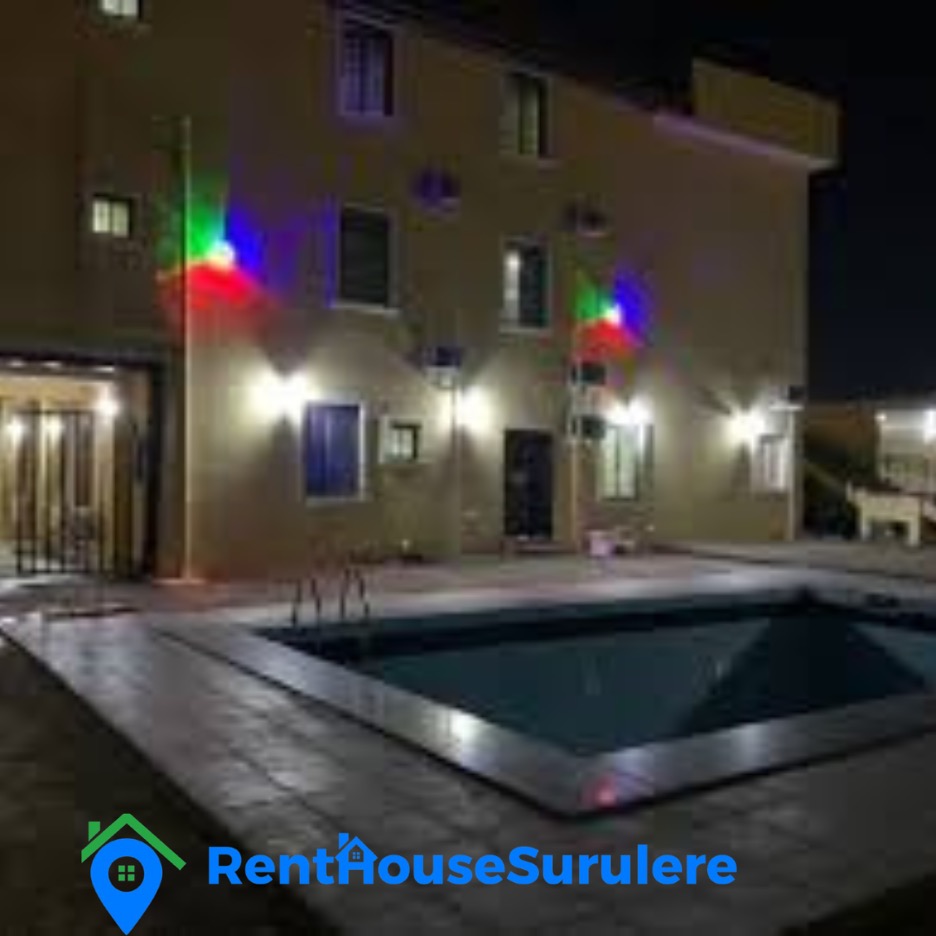
Evolution in Housing and Urban Planning Over Time
When we are talking about fine and affordable houses, you can find them in Surulere and it started off as a demand for housing which began to surge, and then various residential developments emerged in Surulere.
Initially, the district was dominated by single-family homes and bungalows. However, over time, the skyline began to change with the construction of multi-story apartment buildings and commercial complexes.
Urban planning efforts helped create a more organized and appealing living environment, blending residential, commercial, and recreational spaces.
During the 1960s and 1970s, Surulere became a focal point for various government housing projects. The Lagos Executive Development Board (LEDB) played a key role in developing planned neighborhoods to decongest Lagos Island.
By the 1980s and 1990s, Surulere witnessed a shift from government-led housing schemes to private real estate development. As urbanization and economic activities grew, the demand for housing increased, leading to the rise of private estates and individual housing projects.
Wealthier residents and private developers began purchasing land and constructing modern homes, replacing older colonial-style buildings. Areas like Bode Thomas, Ogunlana Drive, and Eric Moore became prime locations for luxury residential properties and commercial activities.
Surulere’s transformation from a predominantly residential area to a mixed-use zone intensified in the 2000s. The increasing demand for commercial spaces led to the conversion of many residential buildings into business establishments.
Shopping centers, banks, restaurants, and offices started dominating major streets, particularly in Adeniran Ogunsanya and Bode Thomas.
Urban planning efforts adapted to these changes, with infrastructural developments such as road expansion, improved drainage systems, and modern amenities being introduced to accommodate the district’s growing population and business activities.
Increasing-density residential constructions are now common in Surulere as a result of population increase and the increasing demand for housing.
Mini-estates and multi-story apartment buildings have supplanted older single-family homes. The growing middle class looking for reasonably priced dwelling options is served by these developments.
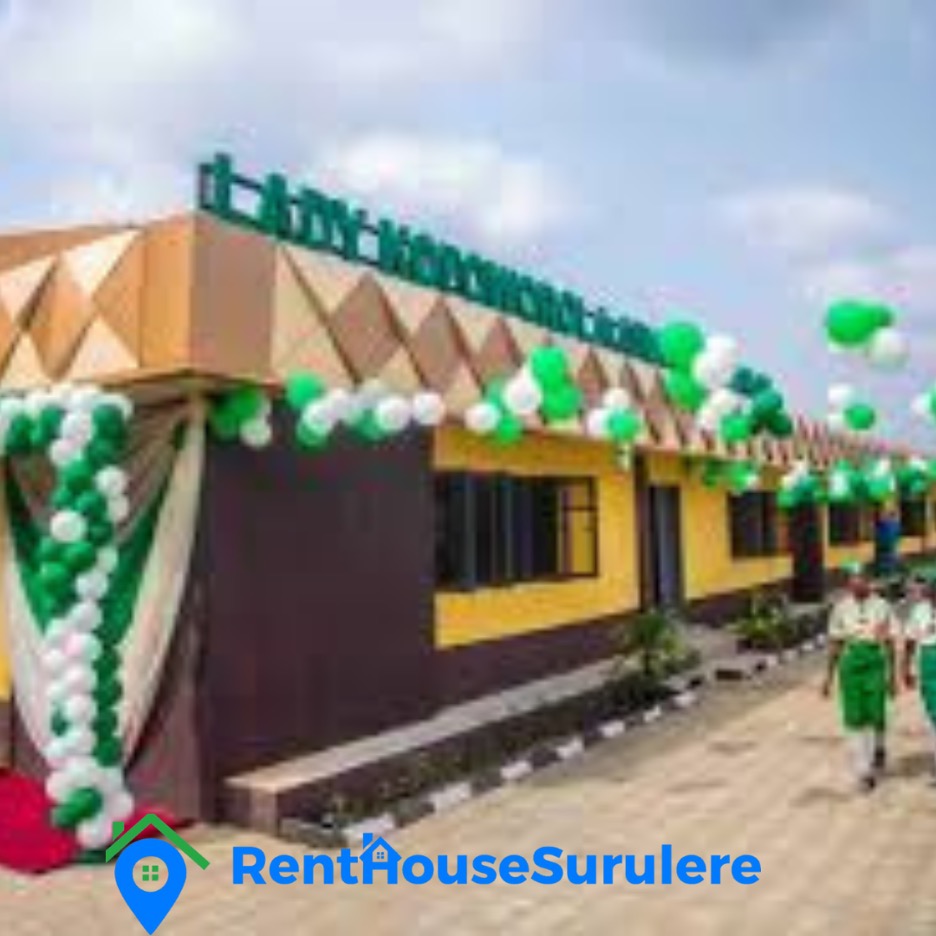
Evolution in Education and Youth Culture
The history of education in Surulere begins during the colonial era when formal education was brought to Nigeria. Missionaries and government initiatives founded the first schools in Surulere with the goal of giving children from a variety of backgrounds structured education.
Methodist Boys High School, New Era Girls Secondary School, and St. Joseph’s Secondary School were some of the first schools to lay the groundwork for academic success.
Following independence, the Nigerian government made significant investments in education, which resulted in the construction of additional public schools and upgrades to the country’s infrastructure.
Popular schools like Surulere Girls Secondary School and Lagos State Model College rose to popularity. When the Universal Basic Education (UBE) program was implemented, children from a range of socioeconomic backgrounds were able to receive an education, which helped to close the reading gap.
As demand for quality education increased, private schools began to flourish in Surulere. Schools like Chrisland Schools, Supreme Education Foundation, and Pampers Private School emerged, offering a blend of Nigerian and international curricula.
Higher education institutions, including the National Open University of Nigeria (NOUN), established campuses in Surulere, providing opportunities for tertiary education.

Evolution in Media (Arts and Entertainment)
The National Arts Theatre, built in 1976, became a focal point for Nigerian arts and culture, hosting plays, concerts, and literary events that attracted performers and audiences from across the country.
The 1990s saw the rise of Nollywood, Nigeria’s film industry, with Surulere serving as a central location for film production.
Many early Nollywood classics were shot in Surulere, and the area became home to several film studios and post-production houses. The district nurtured acting talents such as Richard Mofe-Damijo, Ramsey Nouah, and Funke Akindele.
Surulere has been instrumental in the growth of the Nigerian music industry, particularly in the Afrobeats genre. The district has produced world-renowned artists like Wizkid, who grew up in Surulere and became a global icon.
Music studios, entertainment hubs, and talent agencies have flourished in the area, making it a breeding ground for musical talent.
With the advent of digital technology, media consumption in Surulere has evolved significantly. Online streaming platforms, social media, and digital content creation have revolutionized how entertainment is produced and consumed.
Many young creators, filmmakers, and influencers have leveraged digital platforms to showcase their talents, reaching global audiences from Surulere.

